The Demand for Unmanned Public Transport Is Growing Worldwide: Why Is uST Technology at the Forefront of Change?
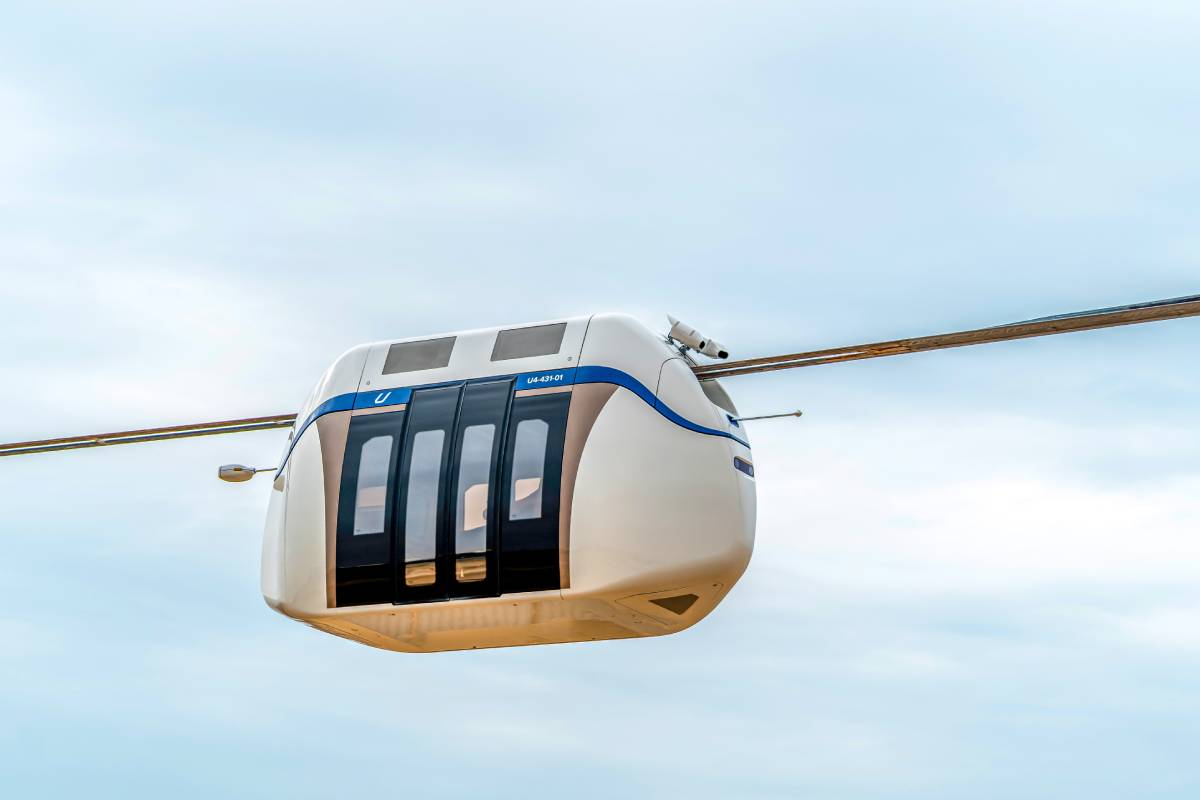
Technologies are increasingly being integrated into public transportation. In Moscow, for example, they continue to work on Russia's first unmanned tram. In 2024, it covered over 3,200 kilometers in test mode. Now, specialists are preparing to launch a second tram with a similar system. This example reflects a global trend: more and more countries are beginning to adopt autonomous solutions for public transport. Moscow is not an isolated case. Similar projects are being developed in Asian and European countries, as well as in the United States. Why, then, do unmanned technologies generate such significant interest in the transportation sector?
Safety, Efficiency, and Hidden Challenges
Let’s look at the key advantages of unmanned transport systems. First, these systems eliminate the human factor—one of the leading causes of accidents. Computers don’t get distracted, tired, or overwhelmed, and they can instantly process massive amounts of data from sensors, LiDARs, and cameras. Second, autonomous systems optimize schedules, reducing intervals between vehicles, which makes public transport more convenient. Third, unmanned vehicles require fewer personnel. This lowers operating costs, making autonomous solutions more cost-effective for cities in the long run. Fourth, control algorithms prioritize fuel and energy efficiency by optimizing routes and speed, thereby reducing the carbon footprint of transportation.
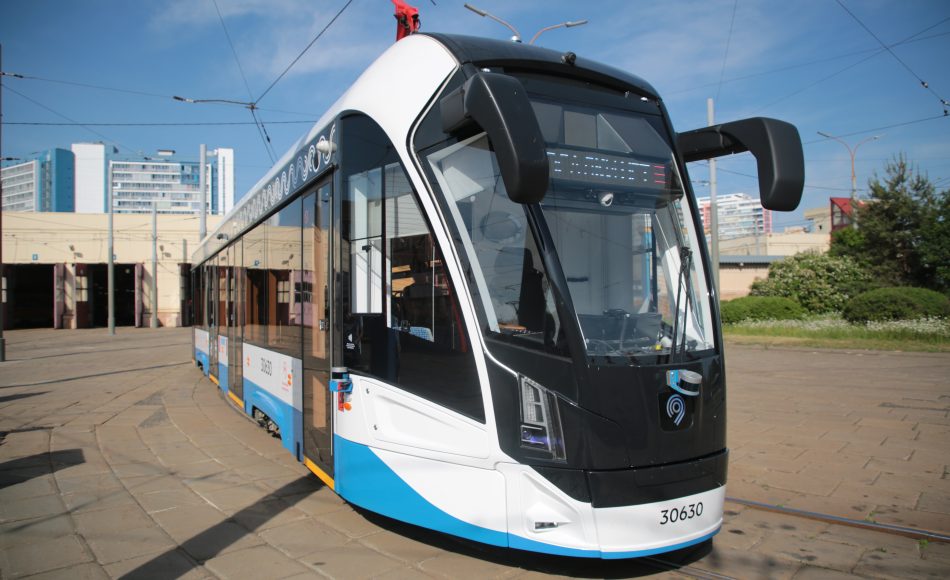
However, all these benefits will only materialize if the surrounding infrastructure evolves and the concept of transportation is reimagined. Today, traditional unmanned systems are being integrated into solutions designed in the last century. Upon closer examination, it becomes clear that the listed advantages are often diminished by external factors.
- Dependence on road infrastructure.
Ground transport relies on the existing road network, where risks persist: traffic jams, intersections, and the human factor from other road users. - Integration difficulties. The full-scale operation of unmanned transport requires extensive modernization of urban infrastructure: installing sensors, creating dedicated lanes, and testing technologies in dense traffic environments.
- Limited safety.
Despite advances in sensors and LiDARs, ground-based unmanned transport remains vulnerable to unforeseen situations, such as the sudden appearance of pedestrians, challenging weather conditions, and road accidents. - High maintenance costs.
The complex combination of sensors, LiDARs, radars, and cameras requires regular maintenance and calibration, which increases operating costs.These challenges demonstrate that unmanned systems in traditional transportation require significant efforts for their full implementation.
Why Does uST Technology Lack the Drawbacks of Traditional Transport?

The demand for autonomous technologies aligns with what Unitsky String Technologies Inc. offers. Autonomous control has been integrated into the concept of transport and infrastructure complexes from the very beginning, and thanks to above-ground movement, all the major drawbacks of traditional unmanned systems are eliminated.
- Independence from ground infrastructure.
String rail tracks pass over roads, intersections, rivers, and other obstacles, eliminating the impact of traffic jams, traffic lights, or other road users. Additionally, the above-ground location of the track and the material-intensive design of the structures allow for the construction of complexes in areas with already existing infrastructure. - Maximum safety.
uPods (unmanned rail electric vehicles) move strictly along a designated path, eliminating interaction with pedestrians and ground transportation. This makes uPods safe for all road users. - Minimum costs.
uST complexes are designed to require minimum resources for construction and maintenance. String rail tracks are not subject to wear and tear to the same extent as road surfaces, and the above-ground design reduces the need for a large number of sensors and additional devices. - Energy efficiency.
Thanks to the use of the "steel wheel – steel rail" combination and aerodynamic design, uPods consume significantly less energy to transport passengers and cargo compared to traditional ground transportation.
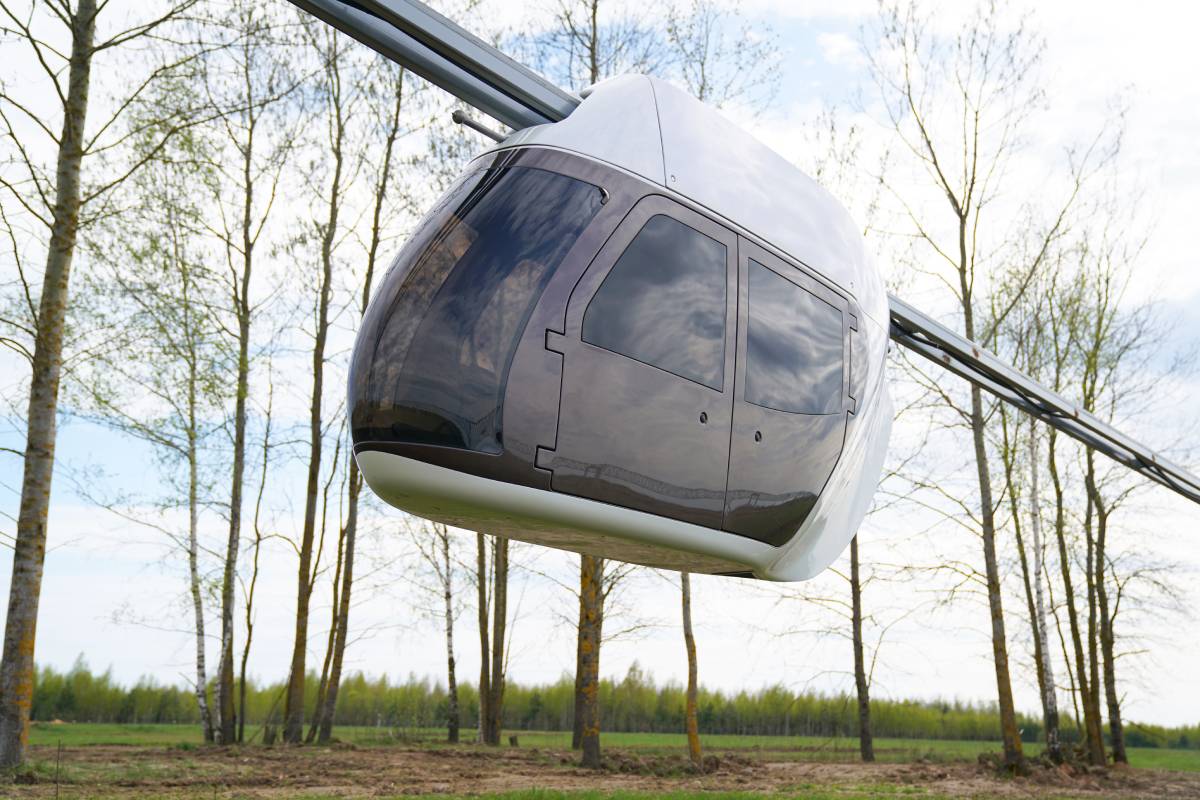
Transport That Meets the Challenges of Our Time
Modern cities need transportation that solves existing problems, rather than creating new ones. uST technology provides a system that was originally designed to be fully autonomous, efficient, safe, and environmentally friendly.
While traditional unmanned transport faces limitations of ground infrastructure, UST Inc. offers a solution that fully meets the growing demand for autonomous transportation. Above-ground movement, independence from traffic jams, cost-effectiveness, and safety make uPods the ideal choice for new transportation arteries in cities.
More news
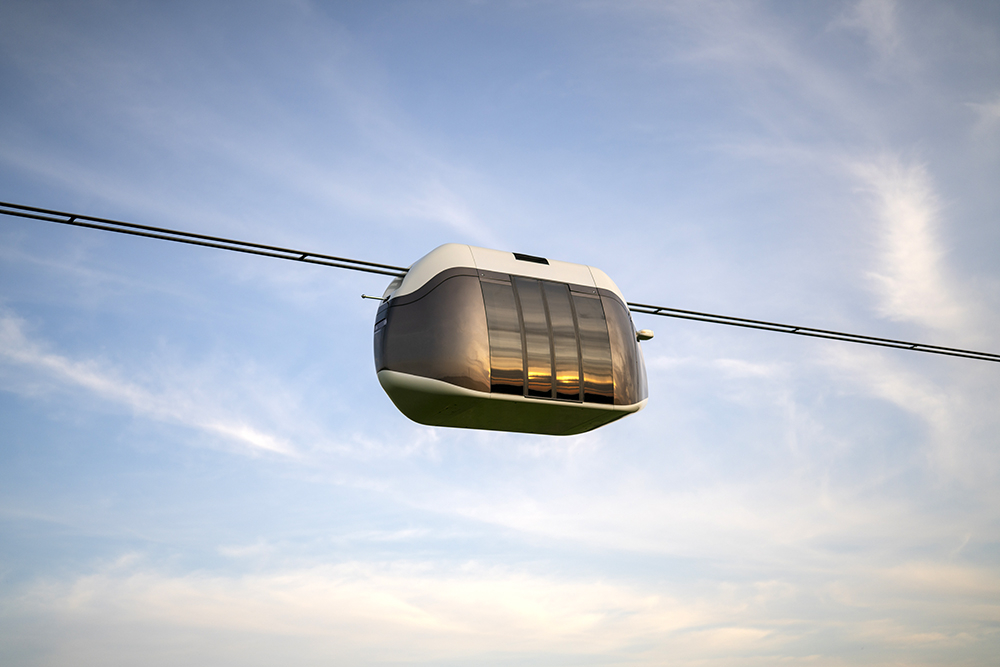
Analytics
14 January 2022
World Construction Today: «Two Different Systems. What is the Difference Between uST Transport and Cable Cars?»
World Construction Today published an analytical article on Unitsky String Technologies Inc., detailing the colossal difference between uST transport and cable roads. The author of the material came to this conclusion by comparing the principle of work, energy consumption, speed, carrying capacity, and other characteristics of the two transport systems.
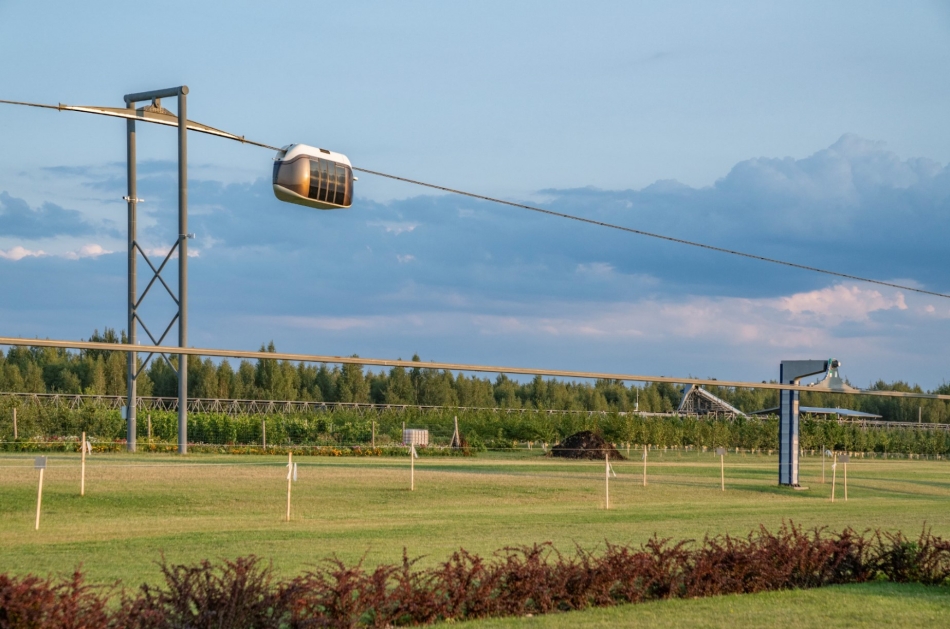
Blog
11 April 2025
String Rail Overpasses at EcoTechnoPark: Developments for Solving Any Logistical Problems
At EcoTechnoPark, the key track structures, that prove their effectiveness during testing, are presented.
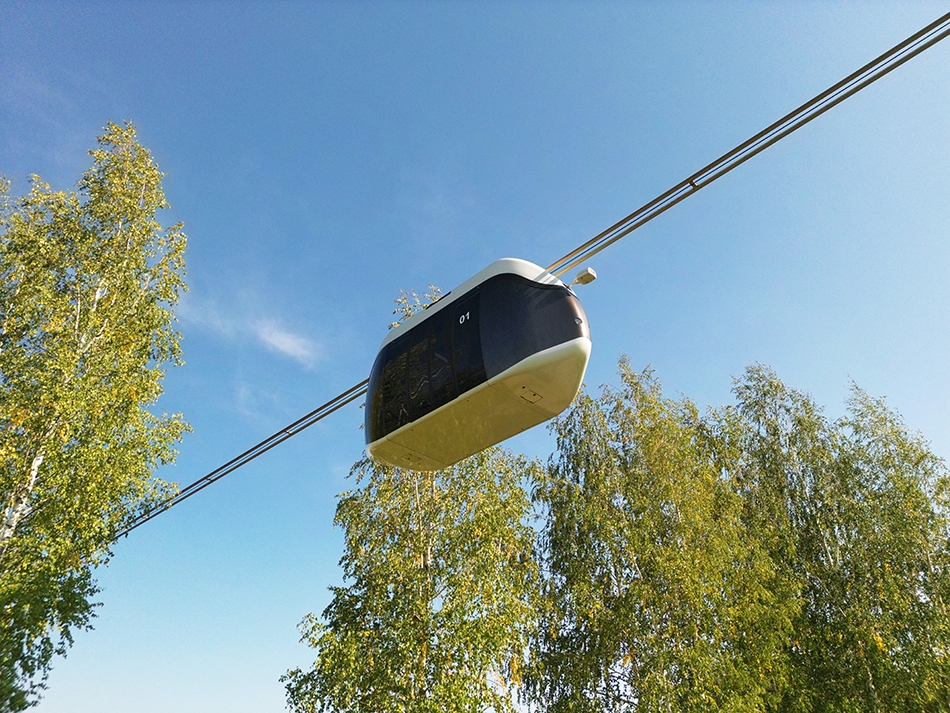
Blog
8 August 2025
Rail Driverless Vehicles vs. Electric Cars: Who Will Lead the Way in Green Transport?
Electric cars are not the only — or necessarily the most effective — solution for sustainable transport.

